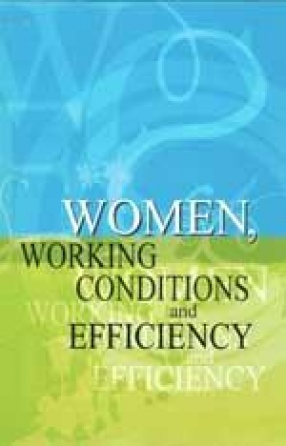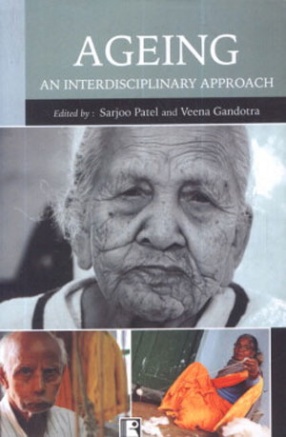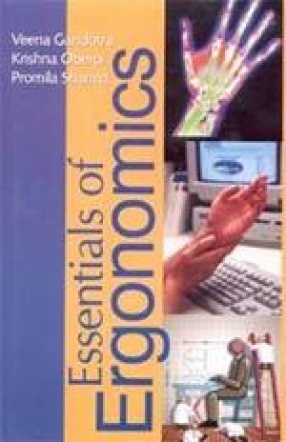The study of anatomical, physiological and psychological aspects of human being in their working environment is important to ensure that the work fits the job to the man rather than the man to the job. In a semi-industrialized country like India, the working class is one of the weakest sections of society. And society being male-dominated, women workers receive still poor recognition provisions to ensure fair working conditions for women in India. In fact, the Constitution of India provides equal rights and opportunities to both the genders. In addition, there are specific provisions for protection and welfare of working women in many of the labour laws. However, most of these legislations do not cover agriculture and units in small and informal sectors which are the predominant workplaces women. The present work deals with working conditions of women in India. It examines in detail the activities and work methods of women workers.
Women, Working Conditions and Efficiency: The Indian Experience
In stock
Free & Quick Delivery Worldwide
reviews
Bibliographic information
Title
Women, Working Conditions and Efficiency: The Indian Experience
Author
Edition
1st ed.
Publisher
New Century Publications, 2009
ISBN
9788177081978
Length
xiv+216p., Tables; Figures
Subjects










There are no reviews yet.